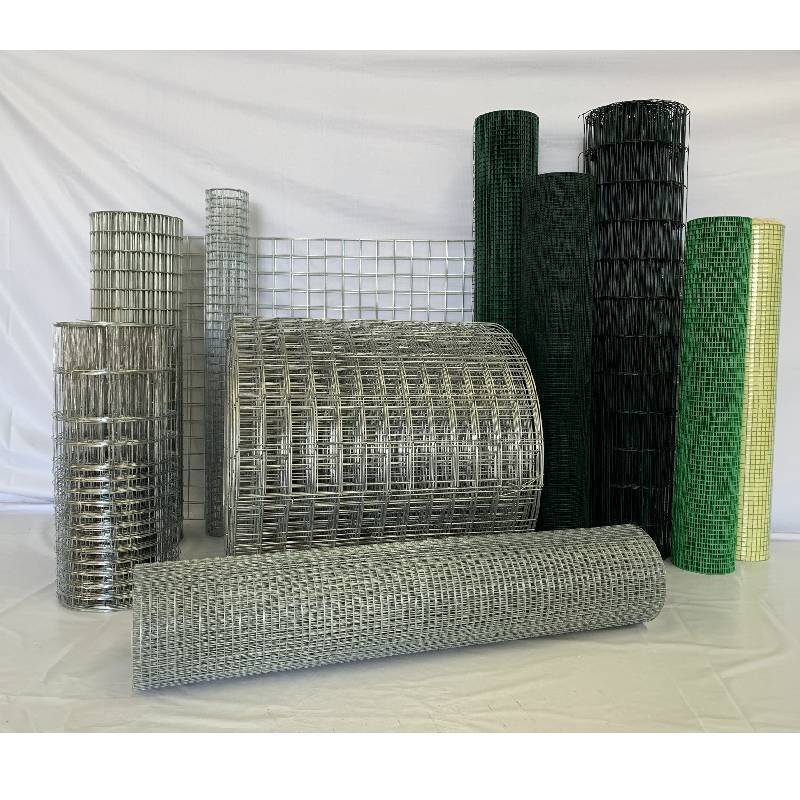iron nail factory
The Iron Nail Factory A Cornerstone of Industrial Development
In the heart of many industrial cities, iron nail factories serve as vital contributors to both construction and manufacturing sectors. These factories not only provide essential building materials but also symbolize the evolution of industrial processes over the years. This article delves into the significance, production processes, and impact of iron nail factories on the economy and society.
Historical Context
The production of iron nails dates back to ancient civilizations, where blacksmiths forged nails by hand. As industrialization took root in the 18th and 19th centuries, the demand for nails surged due to the rapid expansion of infrastructure and housing. The advent of the iron nail factory marked a turning point in production efficiency. With the introduction of mechanization, factories could produce nails in vast quantities, revolutionizing construction practices.
Production Process
The modern iron nail factory has streamlined its operations through a series of automated processes. The journey of nail production begins with the sourcing of raw materials. High-quality iron or steel wire is essential for producing durable nails. Once the raw material is obtained, it goes through several stages
1. Wire Drawing This process involves pulling the iron or steel wire through a series of dies, which gradually reduce its diameter to the desired thickness. This step is crucial, as the diameter of the wire will determine the size and strength of the final product.
2. Cutting Once the wire reaches the appropriate thickness, it is cut into specific lengths, depending on the type of nail being produced (e.g., common nails, finishing nails, or concrete nails).
3. Forming The cut wire is then fed into a nail-making machine, which automatically forms the nails by creating the head and pointed end. Modern machines can produce thousands of nails per minute, significantly increasing output compared to traditional methods.
4. Heat Treatment To enhance strength and durability, nails often undergo heat treatment. This involves exposing them to high temperatures and then rapidly cooling them, a process known as quenching. Heat treatment improves the overall hardness and resistance to bending or breaking.
iron nail factory

5. Finishing The final stage of production may involve coating the nails with zinc to prevent rust or applying other finishes to suit various applications. This not only enhances the aesthetic appeal but also extends the lifespan of the nails.
Economic Impact
Iron nail factories play an integral role in the economy, providing employment opportunities and contributing to local communities. The manufacturing sector has been a backbone of many economies, with nail factories often serving as critical suppliers for construction projects ranging from residential buildings to large-scale infrastructure.
Moreover, the availability of affordable and reliable nails has facilitated the growth of the DIY market. Home improvement enthusiasts can easily access quality materials, enabling a culture of self-building and renovation. This democratization of construction materials has empowered many individuals to undertake projects that enhance their living spaces.
Environmental Considerations
While iron nail factories are crucial to the economy, they also face challenges related to sustainability. The production processes can be energy-intensive, and the sourcing of raw materials necessitates responsible practices to minimize environmental impact. Many factories are now adopting greener practices, such as recycling scrap metal, utilizing energy-efficient machinery, and implementing waste reduction strategies.
The Future of Iron Nail Factories
As technology continues to advance, the future of iron nail factories looks promising. Innovations such as automation and smart manufacturing are optimizing production efficiency, while advancements in materials science are leading to the development of new, more sustainable nail products. Moreover, with the increasing focus on green building practices, the demand for eco-friendly nails is likely to rise, prompting factories to adapt to these new market needs.
Conclusion
Iron nail factories are more than mere manufacturing facilities; they are essential pillars of the construction industry and contributors to economic growth. As we advance into an era of sustainability and technological innovation, these factories will continue to evolve, ensuring that they meet the demands of future generations while preserving the integrity of their craft. The humble nail may seem like a small part of a larger whole, but it plays a vital role in shaping the world around us.
-
Space-Saving Chain Fence Hacks Vertical Gardening with Cyclone MeshNewsJul.16,2025
-
Innovations in Iron Nail Wire Production for Modern ConstructionNewsJul.16,2025
-
Creative Uses of Wire Netting Fence in Modern Landscape DesignNewsJul.16,2025
-
Barbed Wire Fence Innovations in Anti-Climb TechnologyNewsJul.16,2025
-
Architectural Uses of Umbrella Nails for Aesthetic Roof DesignsNewsJul.16,2025
-
Architectural Uses of Razor Barbed Wire in Secure Urban DesignNewsJul.16,2025




